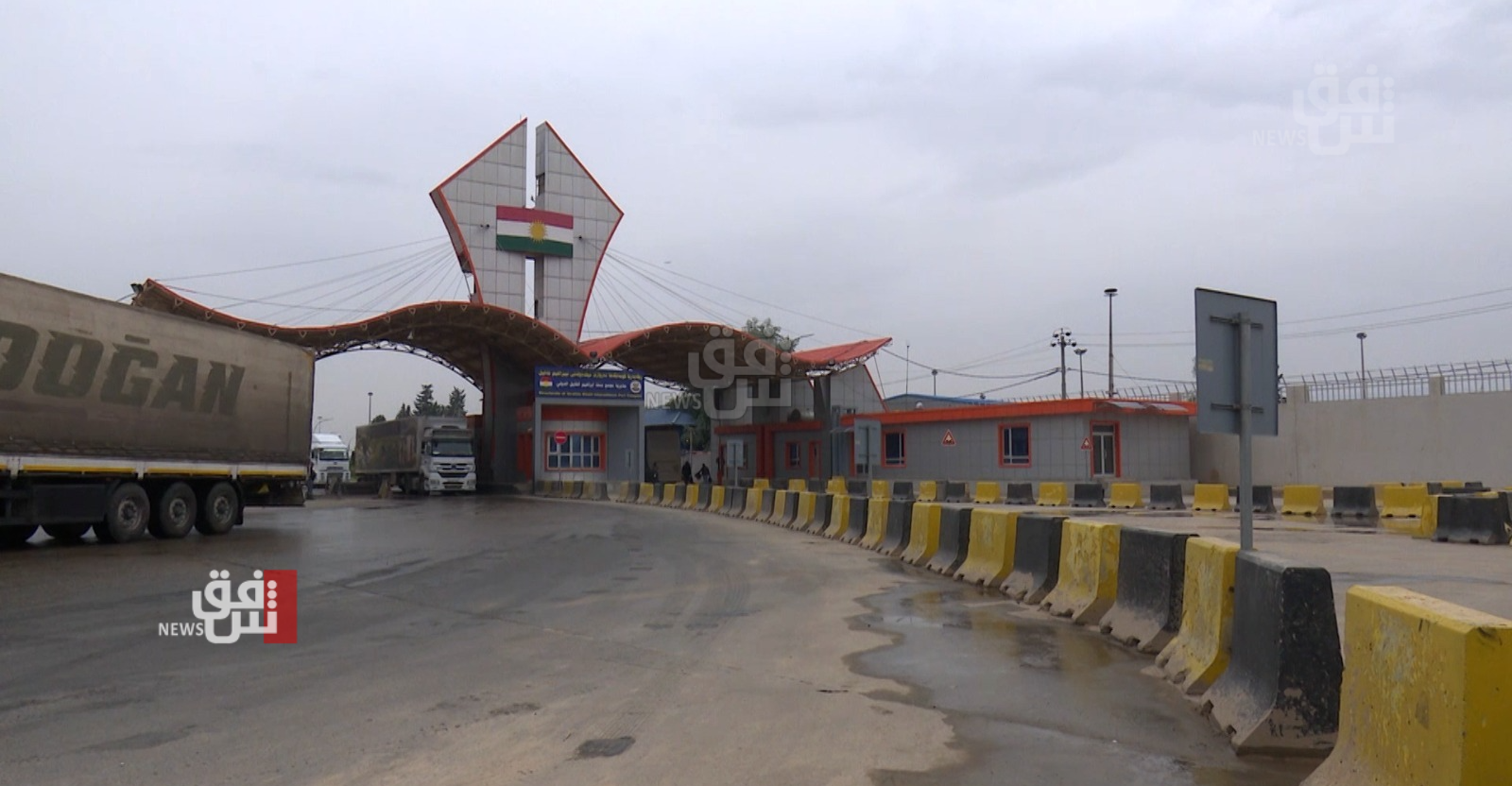Kurdistan's dams overflow with blessings, reviving northern and southern Iraq

Shafaq News/ The management of Darbandikhan Dam, situated in northeast Iraq, has reported significant progress in its water storage levels, with the massive structures of the dam nearing completion. Fed by the Sirwan River, the rushing waters have brought the dam's vast basin to within a few centimeters of full capacity, with the water's edge now mere meters from the adjacent road.
Saman Ismail, the director of the Darbandikhan facility located in the southern part of Al-Sulaymaniyah Governorate, the second-largest Governorate in the Kurdistan Region, stated to Agence France-Presse (AFP) on Sunday that "The dam's storage capacity is three billion cubic meters (106 billion cubic feet). Today, with the available reserves, the dam is only missing 25 centimeters (10 inches) of water to be considered full"
Ismail anticipated that the basin would fill "in the coming days," noting that the last time Darbandikhan Dam reached total capacity was in 2019, followed by several years of severe drought. He attributed this fluctuation to "climatic effects in the region and the construction of other dams outside the region's borders."
Notably, Iraq has faced water challenges exacerbated by neighboring countries' dam constructions on rivers that feed into Iraq, leading to a significant reduction in water flow, a concern repeatedly raised by Baghdad regarding Turkiye and Iran.
Recent rainfall has relieved Iraq, one of the five countries most affected globally by climate change repercussions. Despite Iraq's oil wealth, deteriorating infrastructure has made it vulnerable to floods and flash floods, impacting areas such as Erbil, the capital of the Kurdistan Region, and causing damage to homes in Diyala Governorate, central Iraq.
Tragically, four members of a mountain climbing team in Al-Sulaymaniyah Governorate lost their lives due to these weather conditions.
Positive effects
The Iraqi Ministry of Water Resources announced that "rainfall has resulted in floods in the northern and eastern regions, enhancing water storage in dams such as Mosul, Dokan, Darbandikhan, Hamrin, and Al-Azim."
Furthermore, recent floods from the eastern region have contributed to increased water inflows to the marshes in southern Iraq, according to the ministry's statement.
Ali Radi Thamer, director of the dam authority at the Iraqi Ministry of Water Resources, told AFP that water levels had risen in the basins of most major dams in Iraq. He noted a significant improvement in storage levels compared to recent years, which had seen historically low levels in dam storage, impacting various sectors, including agriculture and water supply for drinking and irrigation purposes.
Thamer emphasized that while the current rainfall and improved water storage are positive, Iraq still faces ongoing water challenges, especially during summer when temperatures soar. He cautioned that water availability can vary significantly from year to year, urging continued water management strategies.
Despite challenges, locals like Alan Salah, owner of a small tourist site near Darbandikhan Dam, remain optimistic. Salah expressed appreciation for the beauty of the increased water levels despite some damage caused, affirming their commitment to continue operations.
The developments at Darbandikhan Dam underscore the progress in water management and the ongoing need for sustainable solutions to Iraq's water challenges.



